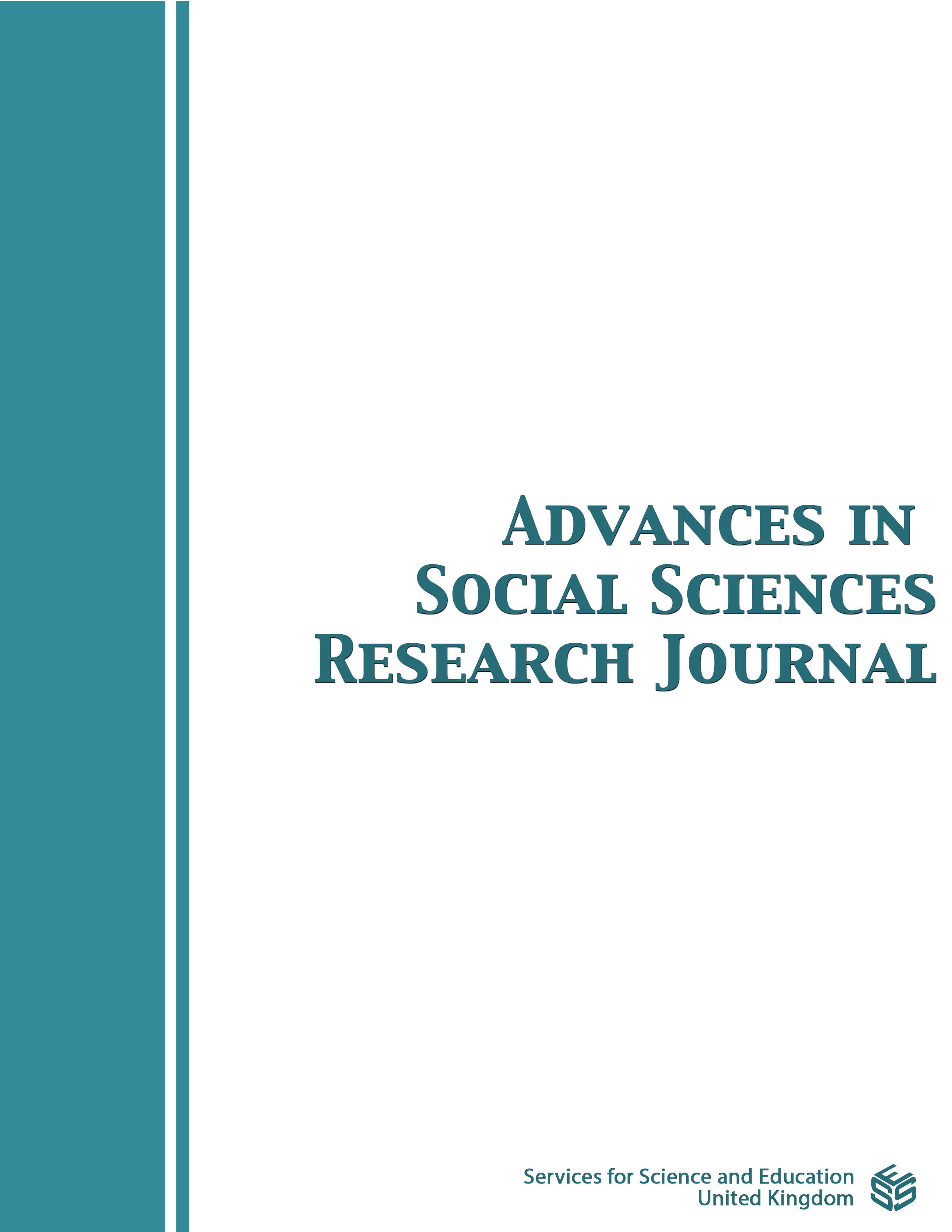Boundary Between Art and Pornography: Differences in Image Identification Between Artificial Intelligence and Human Intelligence
DOI:
https://doi.org/10.14738/assrj.1110.17712Keywords:
Artificial intelligence, image works, infringement analysis, image identificationAbstract
This study examined whether Microsoft Azure and human participants differed significantly in their judgment of controversial image content (e.g., adult and violent content). Significant differences were observed between the Azure- and participant-awarded scores on all four indexes—Adult, Racy, Gore, and Event Description. The artificial intelligence made stricter judgments than did the participants. The introduction of artificial intelligence may facilitate the efficient judgment of images by website administrators. However, the standards upheld by artificial intelligence appear to be unique and stricter than those upheld by people. In the short term, the boundary between art and pornography may remain difficult to identify. Assessing the difference in judgments between artificial and human intelligence should be a topic of continual concern.
Downloads
Published
How to Cite
Issue
Section
License
Copyright (c) 2024 Rain Chen, Hsiu-Ching Lu

This work is licensed under a Creative Commons Attribution 4.0 International License.
Authors wishing to include figures, tables, or text passages that have already been published elsewhere are required to obtain permission from the copyright owner(s) for both the print and online format and to include evidence that such permission has been granted when submitting their papers. Any material received without such evidence will be assumed to originate from the authors.






